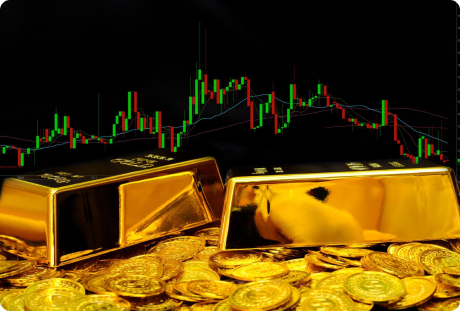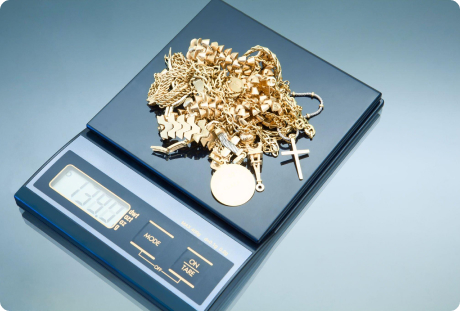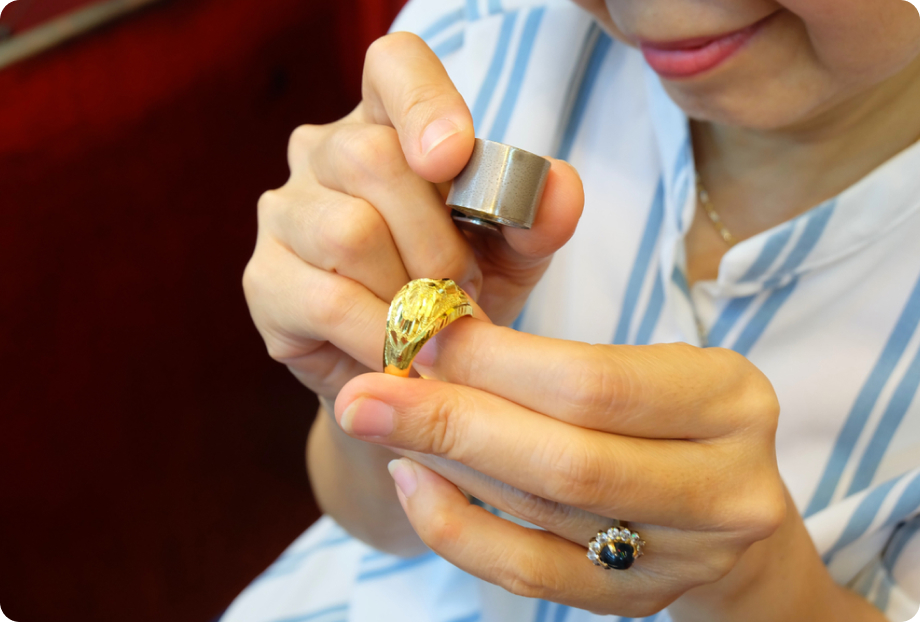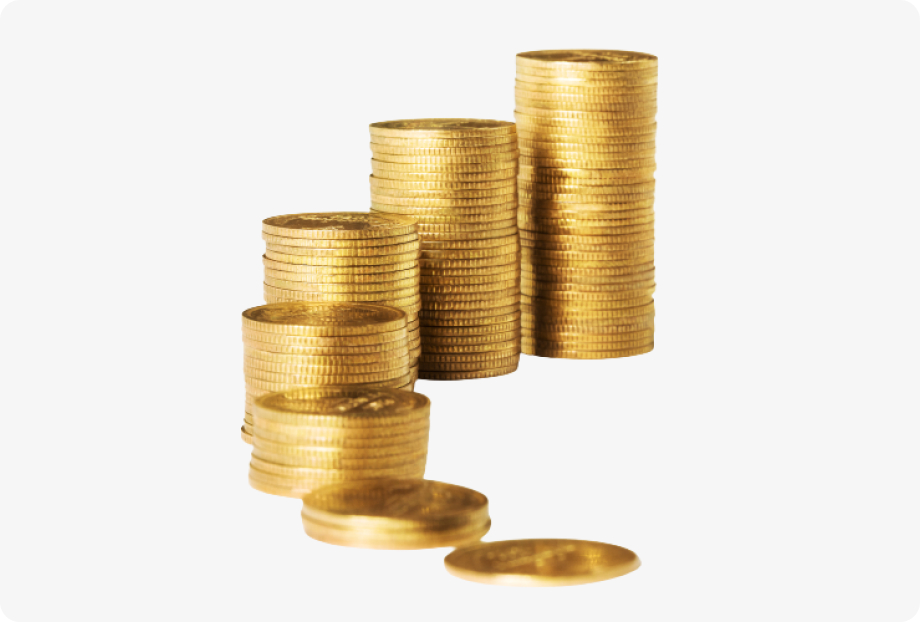The Role Of Gold In Central Bank Reserves

5min read
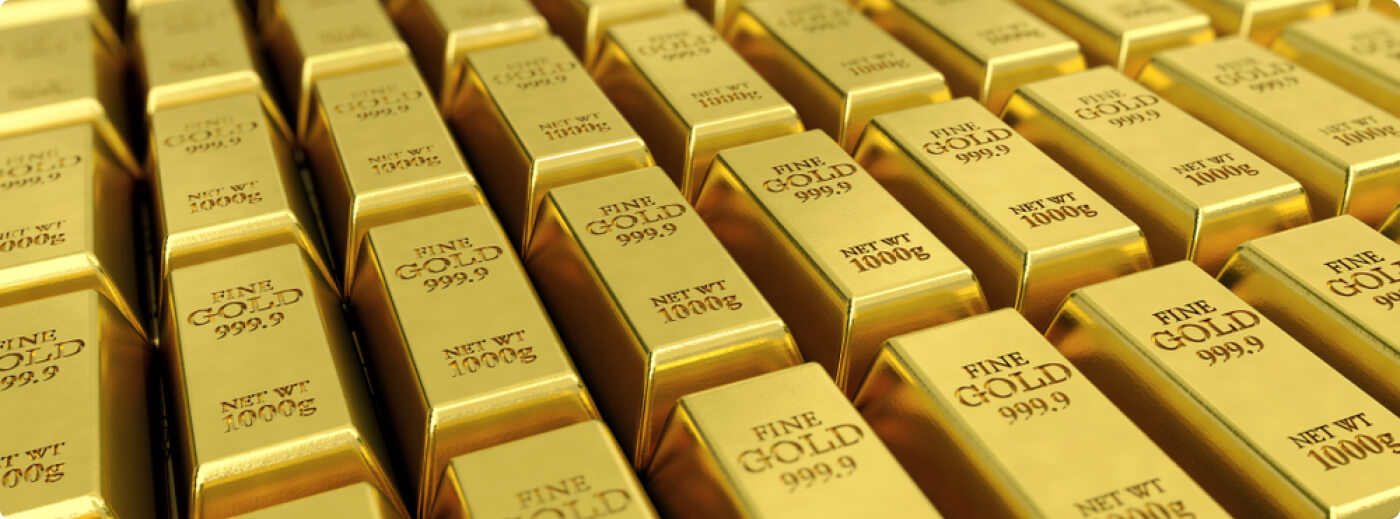
Did you know that approximately 20% of all the gold ever mined is held by central banks? Apart from investors and jewellery consumers, central banks are the biggest gold buyer, playing a significant role in driving gold demand.
As a matter of fact, in 2022, central banks acquired gold at the most rapid rate since 1967. In the world of international finance and monetary policy, central bank reserves play a pivotal role in shaping economic stability. Among the various assets held by central banks, gold remains a constant and coveted choice. It stands as an enduring symbol of wealth and has historically been integral to the global financial system. In this blog, we will explore the multifaceted role of gold in central bank reserves.
- First off, think of it like diversifying your investments. Just like you wouldn’t put all your money in one stock, central banks buy gold to have a mix of things in their portfolios. It’s a smart move because it lowers the risk, especially when it comes to dealing with other countries’ currencies and debts.
- But here’s where it gets interesting: in times of crisis, like during a financial meltdown or a big international mess, gold steps in as the hero. Let’s say a country’s currency is in free fall, and they urgently need to pay for essential stuff from other countries. Gold can be turned into cash really quickly, saving the day. It’s like having a secret emergency fund that never lets you down.
- And not to forget, some countries, especially the big brother America and those in Europe, have been hoarding gold for ages. It’s a bit of a tradition, you could say—a legacy from way back then.
- Plus, there’s a bit of prestige involved. Some countries, especially in emerging markets, look up to the big players and want to be just like them, so they’re stacking up on gold, too.
- According to the World Gold Council, gold is an important component of central bank reserves because of its safety, liquidity, and return characteristics—the three key investment objectives for central banks.
- According to data from the World Gold Council, gold constitutes an essential component of central bank reserves, with approximately 35,616 tonnes held by central banks worldwide as of 2021.
- So, while gold might not be the coolest thing in the financial world anymore, it’s definitely still in the game. Central banks are playing the long game, making sure they have something at their disposal during economic uncertainties or crises.
The Way Forward
- The World Economic Forum’s report on how central banks have used gold in the last 30 years sheds light on the evolving nature of central banks’ gold reserves.
- It emphasizes that gold’s role is not stagnant but rather adapts to changing economic landscapes and financial systems.
- The role of gold in central bank reserves continues to evolve as central banks adapt to new challenges and opportunities.
Conclusion
In conclusion, the central bank plays a major role as a gold buyer; it is a dynamic and essential aspect of modern financial strategies. Through meticulous research and strategic decision-making, central banks harness the enduring value of gold to navigate the complexities of the global economy. As we project into the future, it is apparent that gold will persist as a symbol of stability, providing central banks and economies with a dependable resource to navigate the unpredictable challenges of the 21st century.



